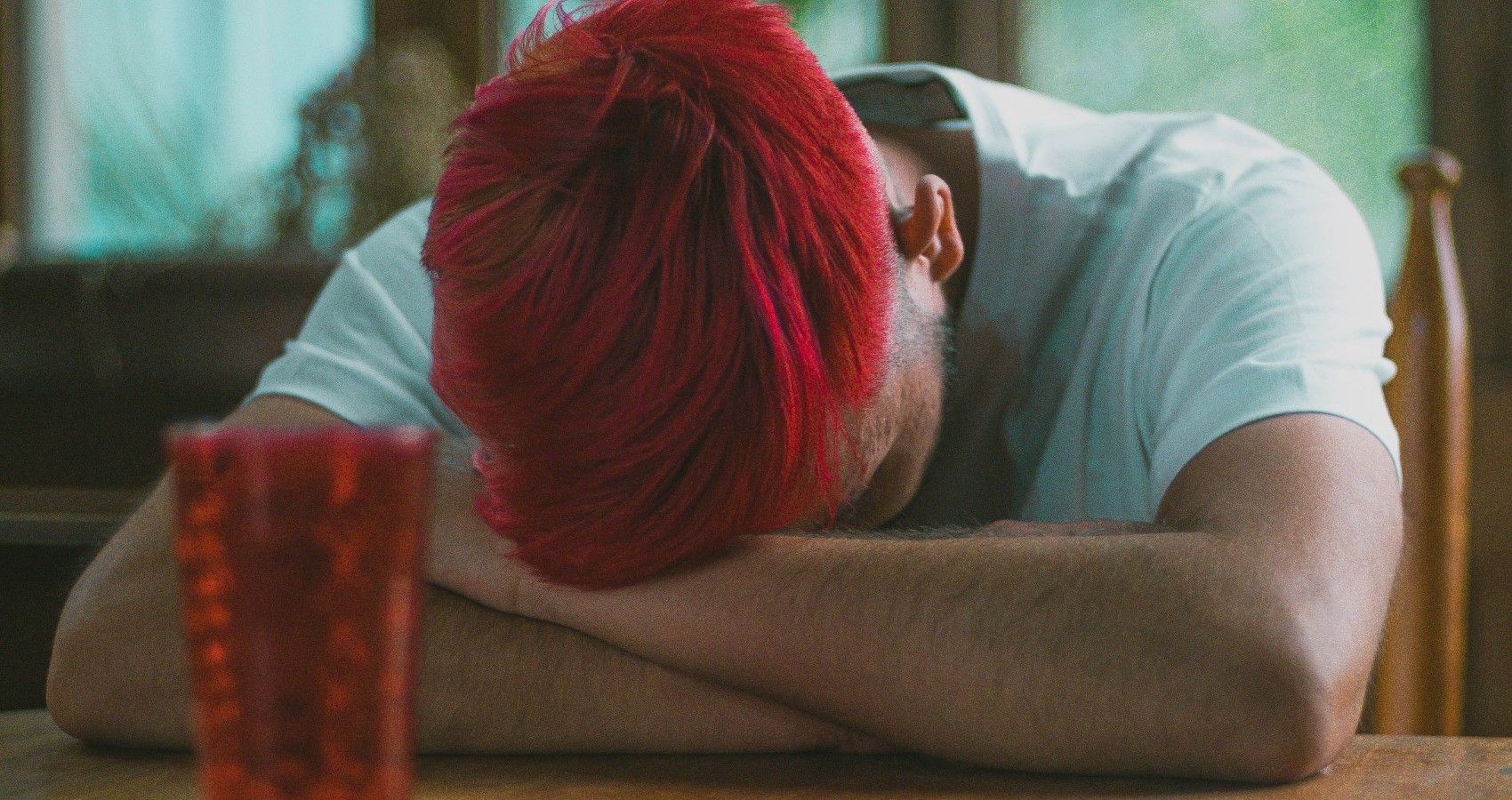A new study has found how teenagers are affected by the thought of school shootings, and it turns out that they are worried and it may be on their minds more than we realize. While we never want it to be part of our reality, school shootings are something that happen far too often in the US. The health and safety of our children is the top priority of parents everywhere, and they should be able to go to school and only worry about asking someone to the next dance, or studying for their history test. However, youth today face many more challenges when it comes to school, and studies can unearth what these truly are and lead to how the world can help.
According to Medical Xpress, teens who are worried about school shootings in the US are showing signs of anxiety and panic, even if they have never experienced an event before. This was based on a study that was published in JAMA Network Open, and it can be read in full here.
The study found that concerns, worry, and stress in relation to school violence and shootings are risk factors for internalizing problems among teenagers living in the US. Kira E. Riehm is from Johns Hopkins University in Baltimore and she and her researchers looked at the association between mental health in relation to school shootings and other internalizing problems.
They looked at three surveys that were given 6 months apart from 10 high schools in Los Angeles. This ended up involving more than 2,200 students.
- They found that 38.2% of students were extremely concerned about school shootings
- 31.8% were worried
- 15.2% were stressed about school shootings
When the teens showed a high level of concern about the prospect of a school shooting, they were also showing high symptoms of anxiety. They did not find a link between concern and depression.
The purpose of this study was to see what impact school shootings had on the mental health of youth, and the study shows that more work needs to be done to care for youth’s mental health in the US when it comes to school violence. Part of the solution could be working on strategies that make students feel safe when they are in school, and resources for mental health that youth know are available and that they can access should they need them. It may take some work to make school appear safer for youth, but it is worth investing in.
Sources: Medical Xpress, JAMA Network Open

